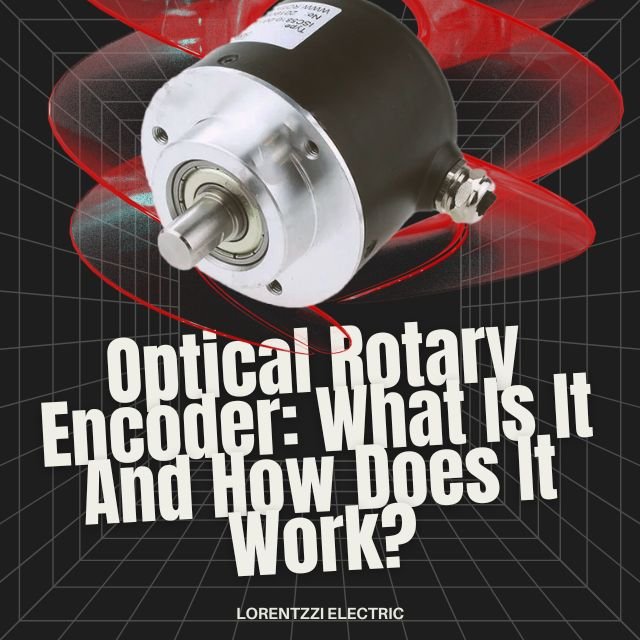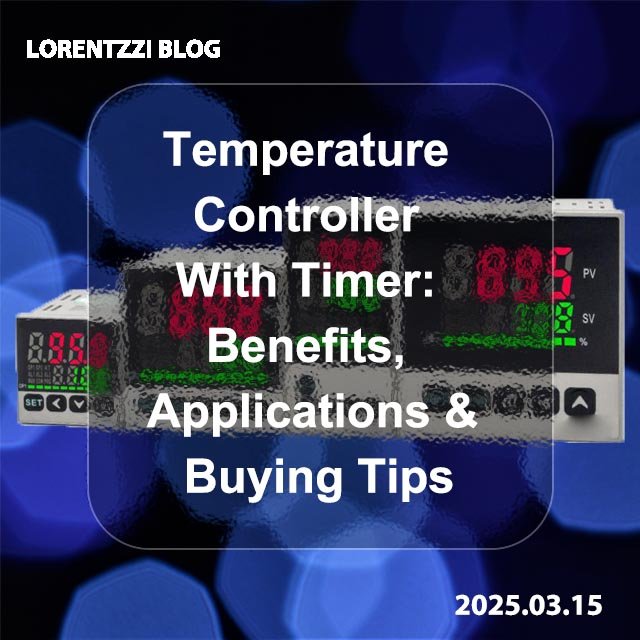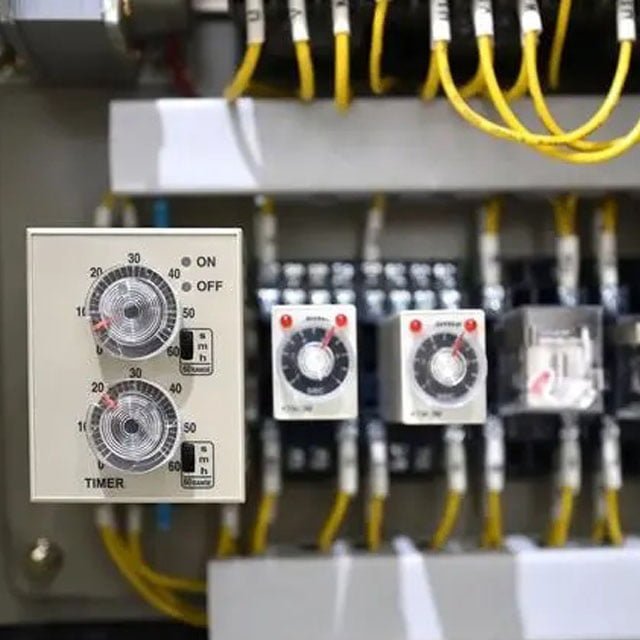La salida Push-pull (también llamada salida Totem pole) es un circuito común que se encuentra en equipos electrónicos como codificadores rotatorios inrementalesMCU, etc. Puede controlar eficazmente el flujo de corriente y proporcionar dos estados de salida estables de alto y bajo nivel. En este artículo, vamos a introducir lo que la salida push-pull es y las características de la misma.
¿Qué es la salida push-pull?
Una salida push-pull es un circuito que le permite seleccionar la fuente o el sumidero de corriente de una carga conectada, normalmente consiste en un transistor NPN y un transistor PNP (o dos MOSFETs complementarios). Consulte su esquema de circuito a continuación:
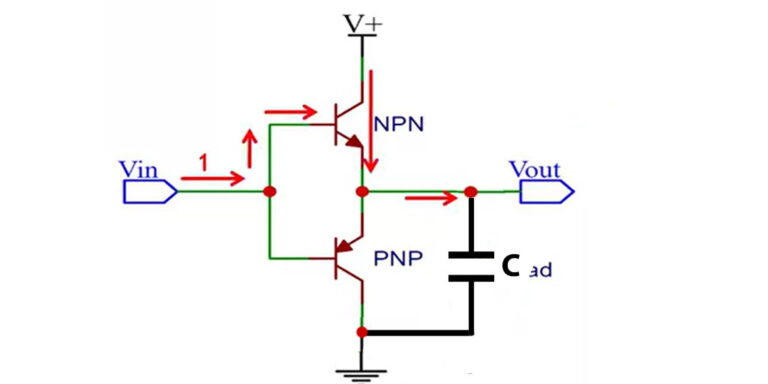
Cuando la señal de entrada es de nivel alto (generalmente llamado "1"), el transistor NPN se encenderá, el transistor PNP se apagará. Así, se generará un nivel alto(1). Esto se llama simplemente "Empuje", consulte su diagrama de flujo de corriente eléctrica a continuación:

Cuando la señal de entrada es de nivel bajo(0), el transistor NPN estará abierto, el transistor PNP estará cerrado. Por lo tanto, generará un nivel bajo(0). Esto se llama simplemente "Tire de", vea el flujo de corriente en la imagen inferior:
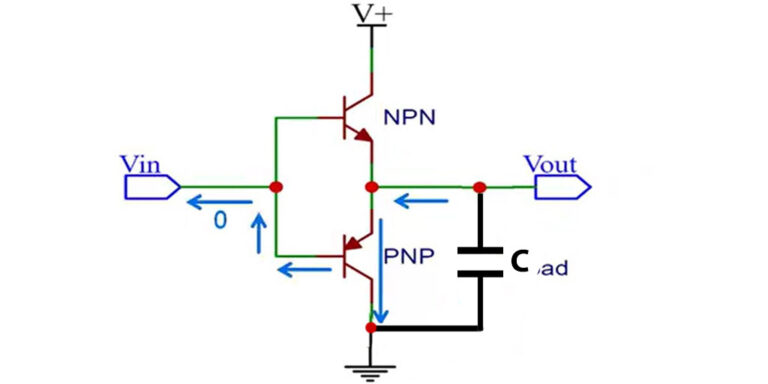
Esta estructura permite que la salida push-pull proporcione tanto salida de alto nivel como salida de bajo nivel.

Características de la salida push-pull
- Alta capacidad de corriente de salida: Como todos sabemos, en un codificador rotatorio incremental, si no hay otros circuitos externos, su corriente de salida será muy pequeña. Mediante el uso de los circuitos push-pull, la corriente de salida puede ser tan alta como 30 mA, por lo que se puede utilizar para accionar diversas cargas, tales como motores, relés y válvulas de solenoide.
- Bajo consumo de energía: La salida push-pull requiere sólo una pequeña corriente de funcionamiento en estado estático, lo que ayuda a ahorrar energía y reducir el consumo.
- Conexión directa a alimentación y tierra: La salida push-pull puede conectarse directamente a la alimentación y a tierra sin resistencias pull-up o pull-down externas, lo que simplifica el diseño del circuito.
- Tensión de salida estable: La salida push-pull garantiza una tensión de salida estable de alto y bajo nivel, lo que resulta crucial para una amplificación y transmisión fiables de la señal. Como la tensión de salida es proporcionada por una fuente externa, no se verá afectada por interferencias internas, por lo que la tensión de salida es más estable.
- Control bidireccional: Como se mencionó anteriormente, la salida push-pull no sólo puede manejar señales de entrada de bajo nivel, sino también señales de alto nivel, por lo que puede manejar mejor las señales bidireccionales.
- Capacidad antiinterferente mejorada: La salida push-pull ayuda a mejorar la capacidad antiinterferencias. Incluso si una interferencia externa afecta al nivel alto o bajo de entrada, mientras la entrada esté dentro del rango de niveles alto y bajo, el terminal de salida no cambiará en consecuencia.
Conclusión
En conclusión, la salida push-pull es un modo de salida de circuito de uso común que combina transistores NPN y PNP (o MOSFET) para proporcionar salidas estables de alto y bajo nivel. Ofrece una alta capacidad de corriente de salida, bajo consumo y la posibilidad de conectarse directamente a la fuente de alimentación y a tierra sin resistencias externas. La tensión de salida estable de la salida push-pull garantiza una amplificación y transmisión fiables de la señal. Con sus versátiles características, la salida push-pull se aplica ampliamente en circuitos digitales, microcontroladores y otros equipos electrónicos, permitiendo un control eficaz de la señal y la conducción de diversas cargas.



